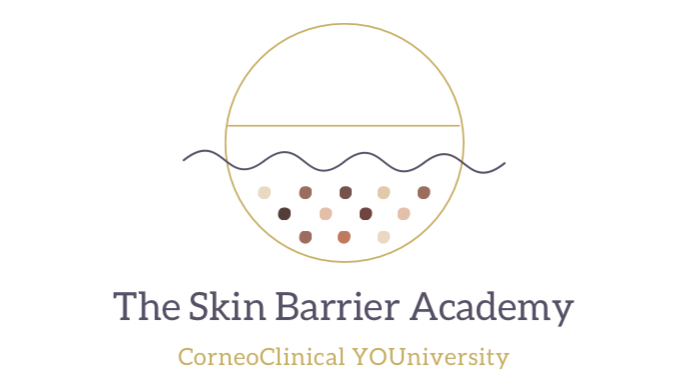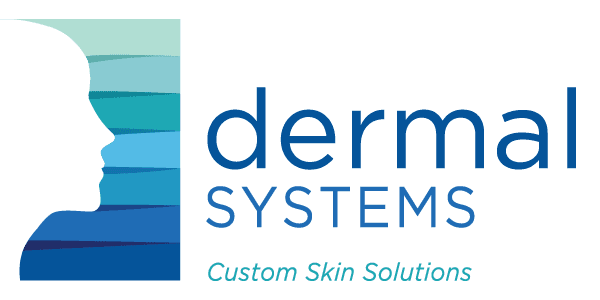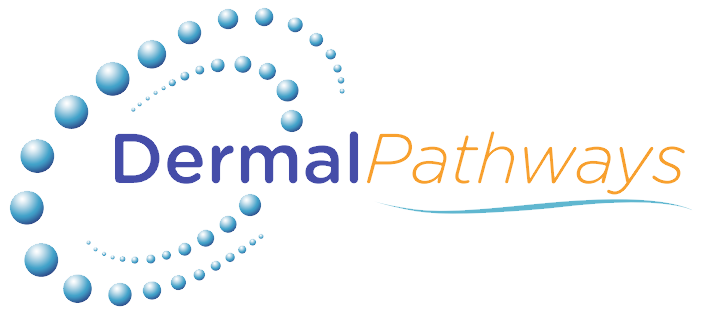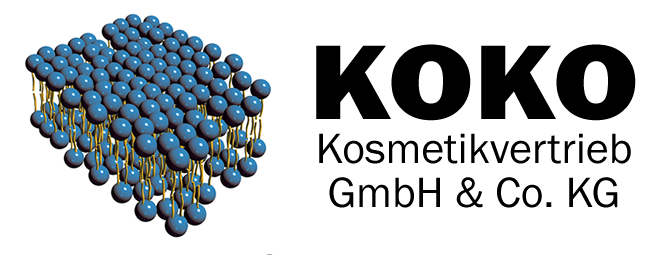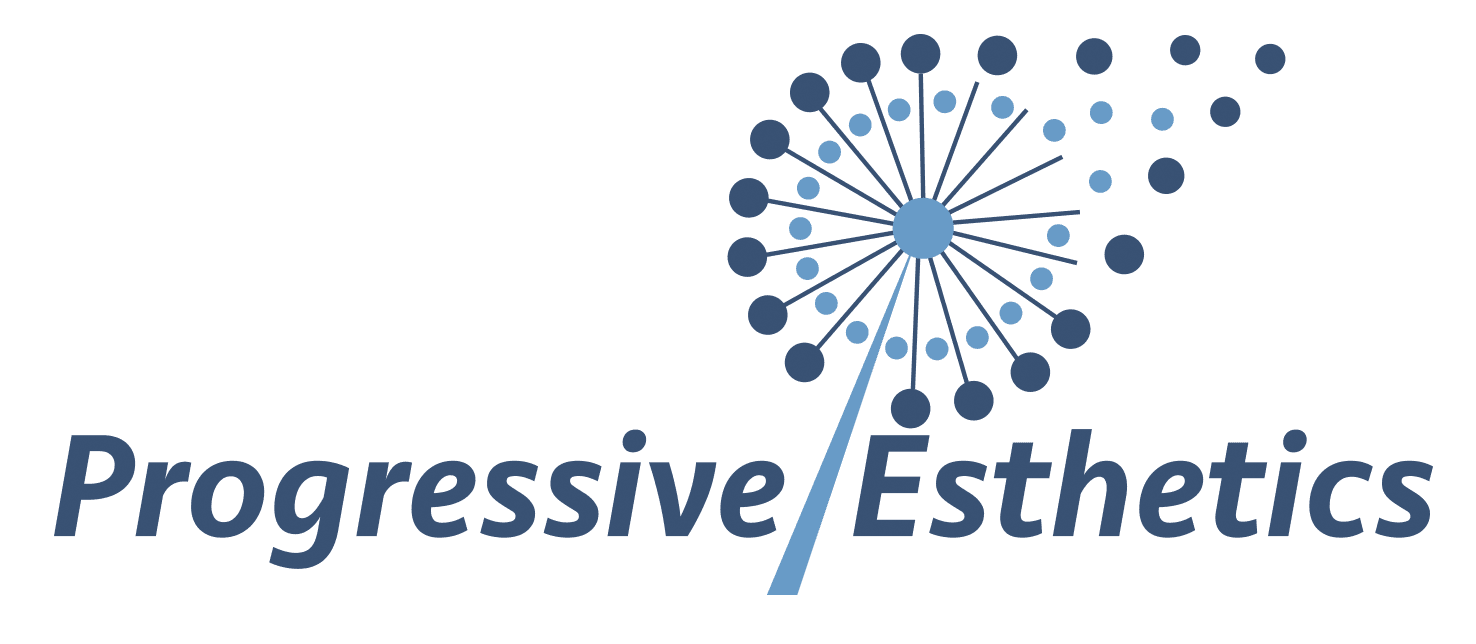Adult Acne
Acne is a skin condition that affects many individuals. Acne can occur in both men and women, and at any age. While it is mostly associated with young active skin types, acne can be more severe when it occurs in adulthood.
Let’s elaborate a little bit about acne, what a corneotherapeutic approach to acne is, and talk about the five things that contribute to the formation of acne. If we think through the skin condition of acne as skincare professionals, I believe we can minimize or systemize the process and the program for our clients at home with the power that we have in our toolkits. It is straightforward, acne, even though it is a very emotional skin condition to deal with, is one that we can get excellent results with, and one can see this condition turnaround in about two weeks in-clinic.
For resistant acne, there's often some more significant underlying cause, so those can take a little bit longer. However, for, in particular, non-inflammatory acne, grade 1 or 2, the turnaround can be in as little as two to four weeks.
What causes acne?
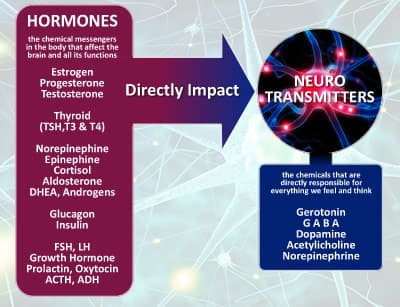
1.Hormones & Hormonal Acne
First of all, hormones are a significant contributing factor to the acne story.
That is why the condition often surfaces as we hit puberty. In essence, one of the overlying or broader, simplified processes that happen on the hormonal level is that testosterone turns into dihydrotestosterone or DHT, and it is the DHT that is problematic in acne.
If we can influence that to some extent, we are going to have results, though obviously, hormonal influence is not in our scope of practice by any stretch of the imagination, the enzyme called 5a-reductase, in particular, 5a-reductase type 1 which is relevant in the skin is.
It is the 5a-reductase type 1 that helps to convert the testosterone to the problem causing dihydrotestosterone. So, if we can inhibit that and stop the conversion from happening, we are already going to see a result. Enzymatic activity is entirely something that we can have an influence on and that is exciting for us as aestheticians.
2. Inhibit the enzyme 5a-reductase type 1
To inhibit 5a-reductase type 1, what do we have in our skincare line? What do we have in our ingredient deck that can make a difference for our clients?
Azelaic Acid is one of those; Vitamin B5 is another one and Zinc Sulfate. These three independently used topically on the skin have shown to inhibit 5a-reductase without question. However, when we use them in combination at the same time in percentages lower than two, we can achieve 90% inhibition of the enzyme 5a-reductase type 1.
Studies show this 90% inhibition of the 5a-reductase type 1 enzyme when three ingredients get used together.[4],[5]
Additionally, linoleic acid also inhibits 5a-reductase, which is beneficial in itself, and that links back to our recommendations to clients about making sure that acne clients (all our clients, in fact), need to consider their omega supplement intake. Acne is far from an ‘oily skin’ problem.
It is not as simple as that. In fact, it is often essential fatty acid deficiency (EFAD) that is contributing to the problems, therefore upping the omega supplements is a must, and we are wise to start there in our recommendations.[1]
Four more things will contribute to acne, and if we can improve this at any level, we are also going to have a positive effect on acne.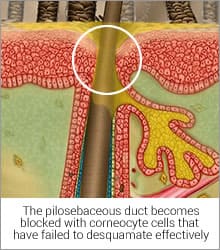
3. Inter-follicular epidermal Hyperproliferation
The inter-follicular epidermal hyperproliferation can be a problem because what we are going to get is blocking of the follicle.
If the corneocyte compaction down the hair follicle is incorrect, we are going to get a blocking at the top, so if we can regulate corneocyte compaction and prevent that compaction from going wrong, or improve the compaction process, we are going to have positive results as we are preventing ‘plugging.’
Ensuring that the skincare that we are providing our clients contains all the ingredients in place to help regulate the keratinocyte life cycle will help in the treatment of acne. One key benefit is the control of inflammation.[2]
4. Changes in the lipid content or the lipid composition
If there are changes in the lipid content or the lipid composition due to sebaceous secretions, it will result in problem skin. As mentioned, essential fatty acid deficiency is often a problem, but when this accelerates, and we get too much of a good thing or an overproduction of lipids on the skin, we could have a challenge, as well.[2]
5. Inflammation
Also, lastly, inflammation of the skin can be a negative impact on acne, because any changes in the microflora can cause our P. bacterias to move to where they should not be (the sebaceous gland), creating even more aggravation.[3]
If acne is inflammatory, we know we are dealing with a higher grade of acne. It becomes a little bit more challenging to treat. Therefore, if we can intervene before that, that is best.
From a clinical perspective, these are the five factors we can have a significant effect on. If our clients know all these factors and the logic behind our process of home care recommendations and treatments, we are making their life simpler and giving them all the information to give informed consent.
Try to keep it super simple for clients to begin with. Follow a process of restoring skin barrier function first and foremost; that comprises of a simple cleanse, tone, and moisturizing process. Typically we observe improvement in acne with a simple 3 step routine in under a month for 90% of my clients. Moreover, if the acne then remains resistant, then one would go on to higher-end treatments including more complex home care regimes, as well.
Practical and straightforward regimes will win the day. If a regime is overly complicated, clients will not be compliant. Give them the information to understand the process, and we will see them participate actively toward rewarding results.
References:
1. Barrett-Hill, Florence. Advanced Skin Analysis. ISBN: 978-0-473-25052-2 Virtual Beauty Corp., 2004.
2. Barrett-Hill, Florence. Cosmetic Chemistry: for the Skin Treatment Therapist. ISBN: 978-0-473-26279-2 Virtual Beauty Corp., 2009.
3. Dreno, B., et al. “Understanding Innate Immunity and Inflammation in Acne: Implications for Management.” Freshwater Biology, Wiley/Blackwell (10.1111), 8 June 2015, onlinelibrary.wiley.com/doi/full/10.1111/jdv.13190.
4. Mowszowicz, Irene. “Inhibition of 5α‐Reductase Activity in Human Skin by Zinc and Azelaic Acid.” Freshwater Biology, Wiley/Blackwell (10.1111), 29 July 2006, onlinelibrary.wiley.com/doi/abs/10.1111/j.1365-2133.1988.tb03474.x.
5. Stamatiadis, D, et al. “Inhibition of 5 Alpha-Reductase Activity in Human Skin by Zinc and Azelaic Acid.” The British Journal of Dermatology., U.S. National Library of Medicine, Nov. 1988, www.ncbi.nlm.nih.gov/pubmed/3207614.
 About the author
About the author
René Serbon - Corneotherapy Expert, Industry Educator and Speaker - gives skincare professionals a true point of difference in the industry. How? By handing them the ultimate drawing card: knowledge about the skin (wrapped in savvy business strategy). Her Keynotes and in-depth training educate on skin anatomy, physiology, and how to match cosmetic chemistry to specific skin conditions - helping Clinic Owners and Solo Estheticians to blow the roof off their in-clinic results and business growth (by 30% a year or more).
Rene is CIDESCO and CIBTAC certified, one of the world’s few Pastiche Recognised Educators and proudly serves on the International Association of Applied Corneotherapy (IAC) educational board.
Find her at www.reneserbon.com

